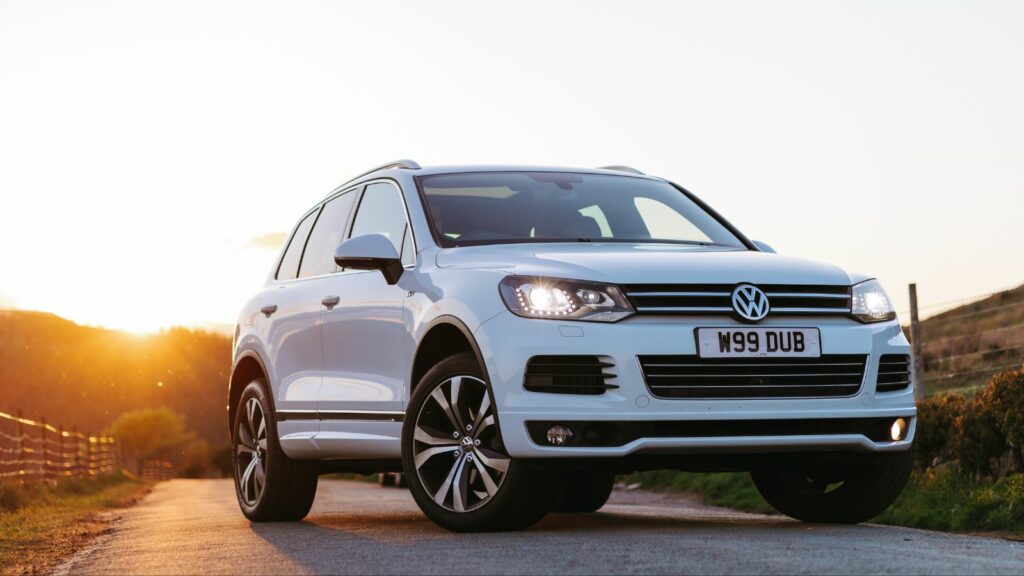The automotive world has seen numerous models come and go, but only a few have significantly returned after fading into obscurity. Here are eight cars that have made the most dramatic comebacks, captured the hearts of enthusiasts, and redefined their legacies.
Ford Mustang
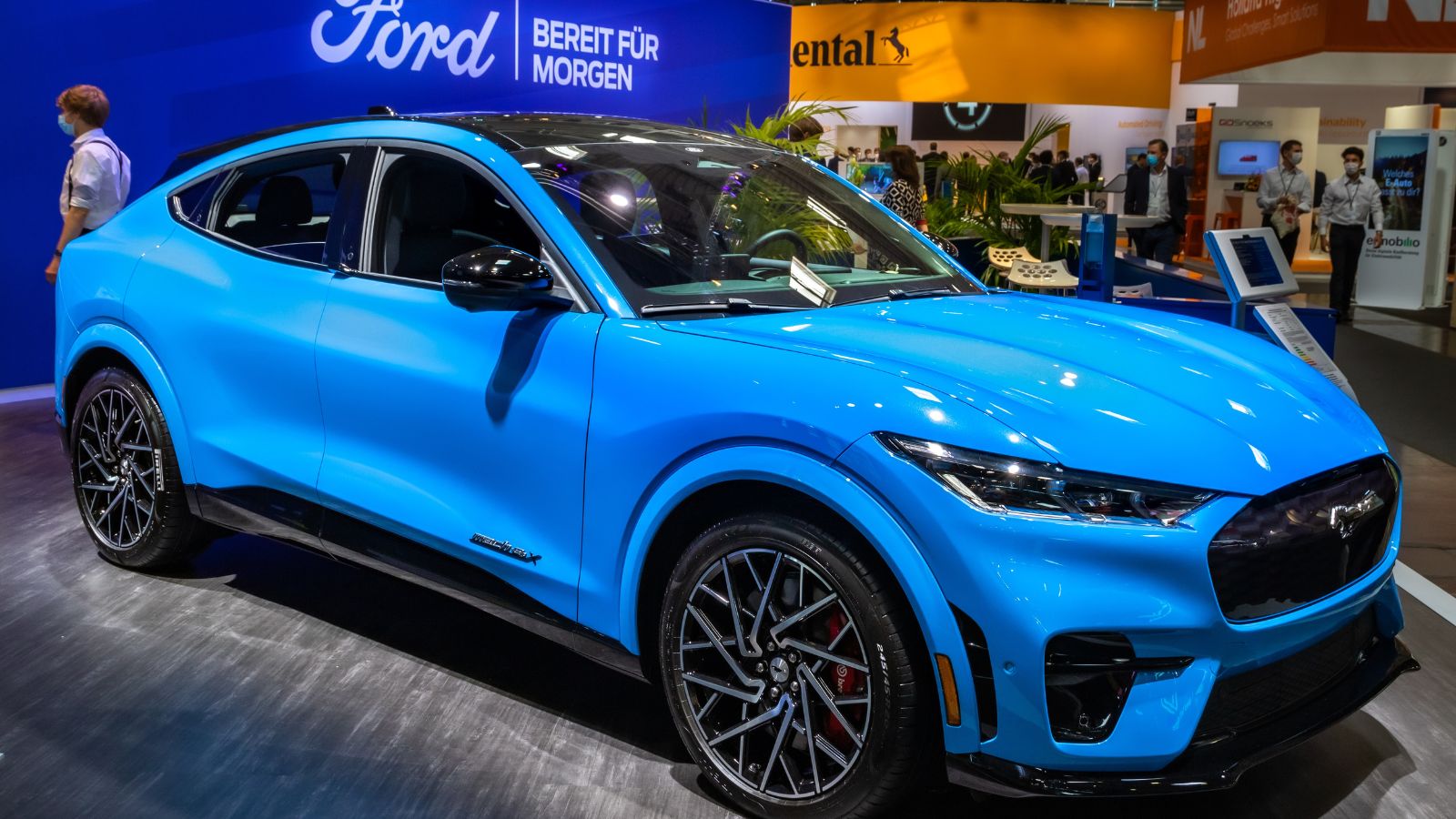
The Ford Mustang is the automotive equivalent of that rock band, which, despite a messy break-up and a few terrible solo albums, returns to release a chart-topping hit. Introduced in 1964, the Mustang roared onto the scene and quickly became an American icon. It was so popular that its promotional film featured Henry Ford II, Lee Iacocca, and William Clay Ford. However, the 1970s and 1980s weren’t kind to the Mustang, as it got bogged down by emissions regulations and an oil crisis that made muscle cars as trendy as bell-bottoms. In 2005, Ford decided to play a greatest hits album by launching the fifth-generation Mustang, drawing heavily on its retro design. The Mustang looked good and packed a punch under the hood, reigniting America’s love affair with muscle cars.
Chevrolet Camaro
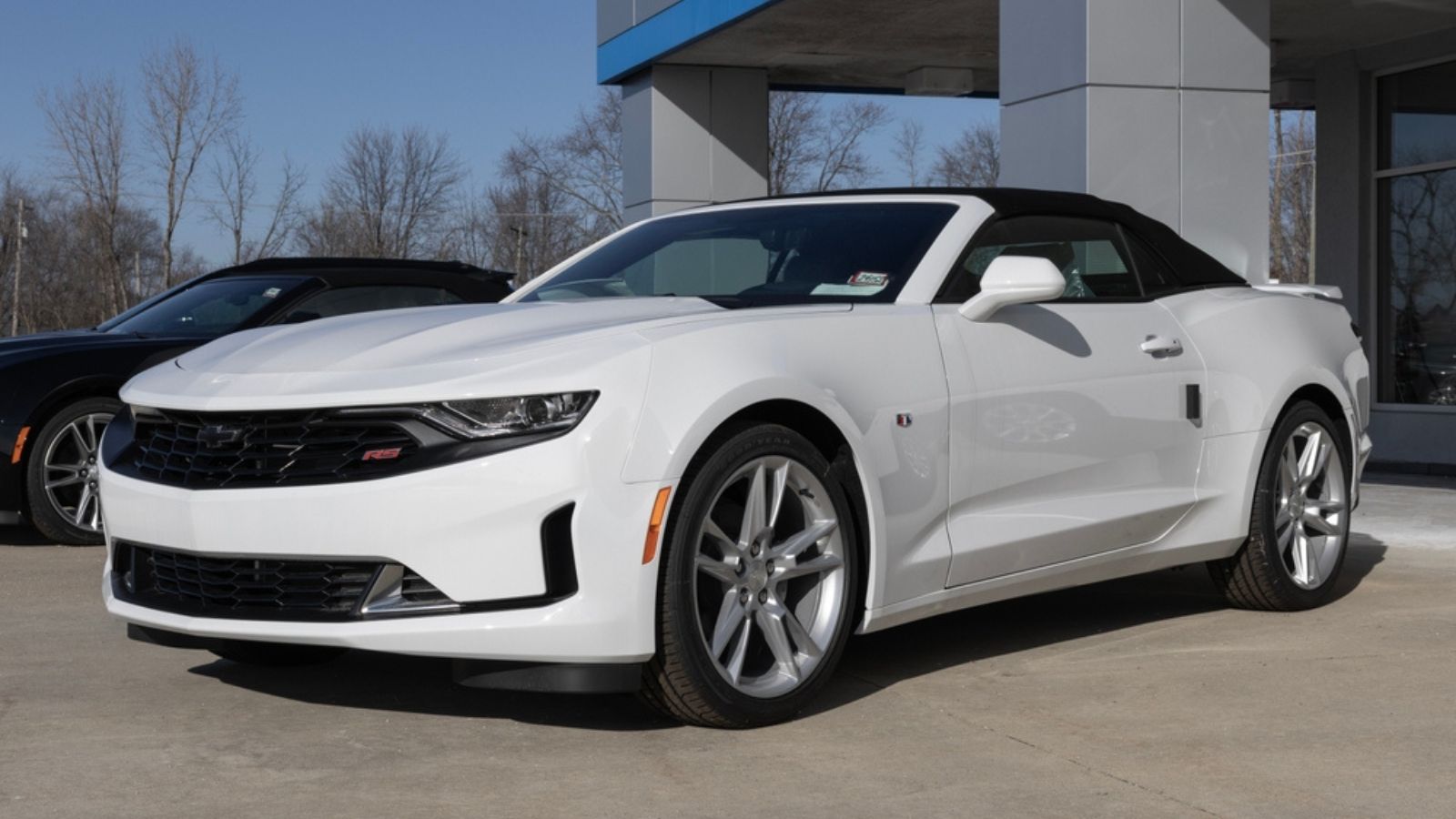
If the Mustang is the Beatles of muscle cars, then the Chevrolet Camaro is the Rolling Stones—edgier, louder, and always ready to stir the pot. The Camaro first hit the streets in 1966 as Chevy’s answer to the Mustang. But by the early 2000s, the Camaro had disappeared, discontinued in 2002 after a series of underwhelming models and sagging sales. Enter the fifth-generation Camaro in 2010, which burst back onto the scene like a rock star. With a design inspired by its late-1960s predecessors, the new Camaro combined modern performance and technology with classic good looks. The rivalry with the Mustang was back on, like the muscle car wars of the 1960s all over again.
Volkswagen Beetle
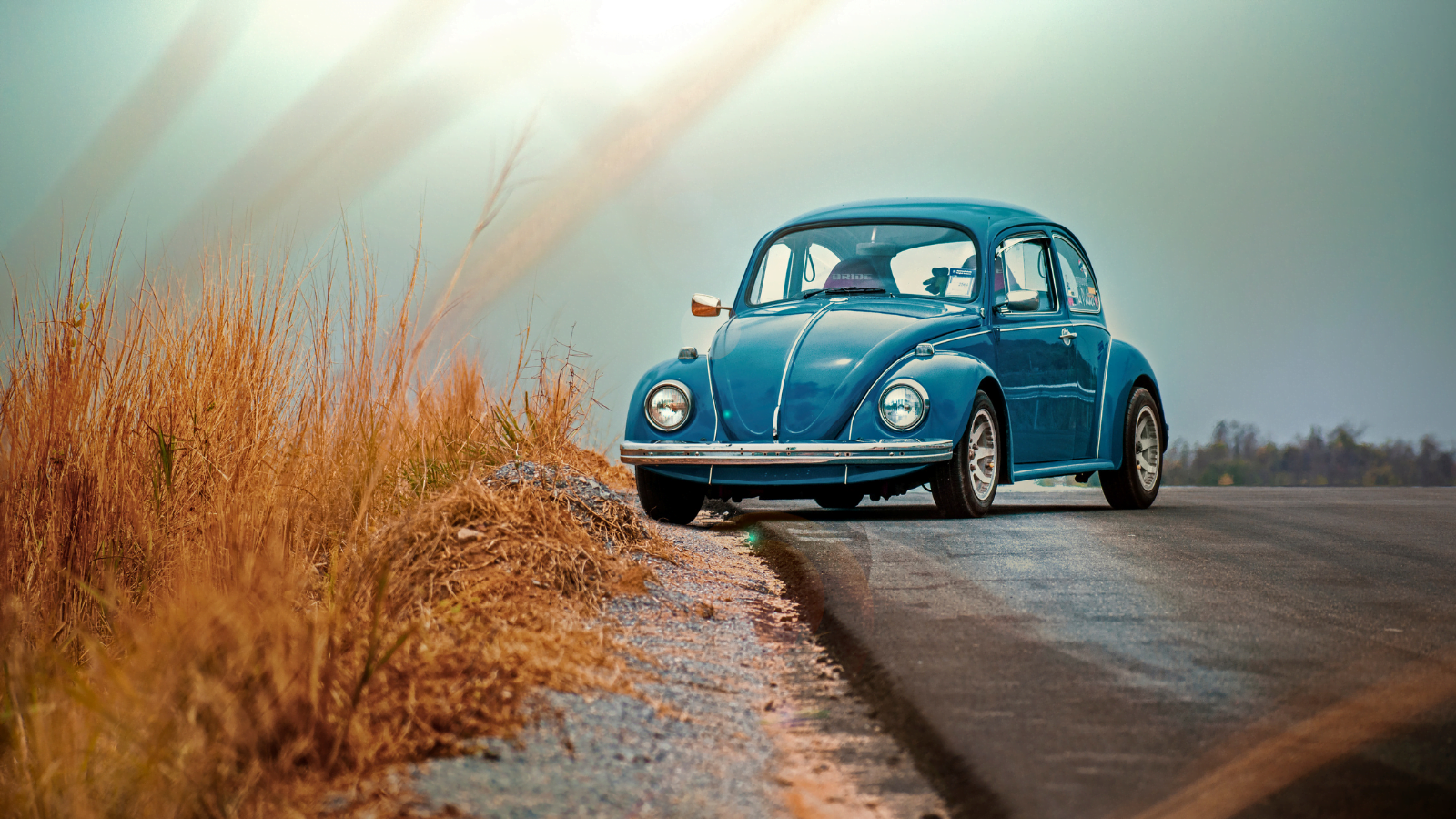
The Volkswagen Beetle is the cute, quirky friend who always stays relevant despite the odds. Originally conceived in the 1930s, it became a symbol of the counterculture movement in the 1960s. However, by the late 1970s, the Beetle lost its charm, and production ceased in most markets. In 1998, VW reintroduced the Beetle, tapping into nostalgia with a modern twist. The New Beetle had flower vases, smiley curves, and a design that screamed “retro cool.” The Beetle had another redesign in 2012, leaning less on cuteness and more on sportiness, proving that even the love bug could age gracefully.
Fiat 500
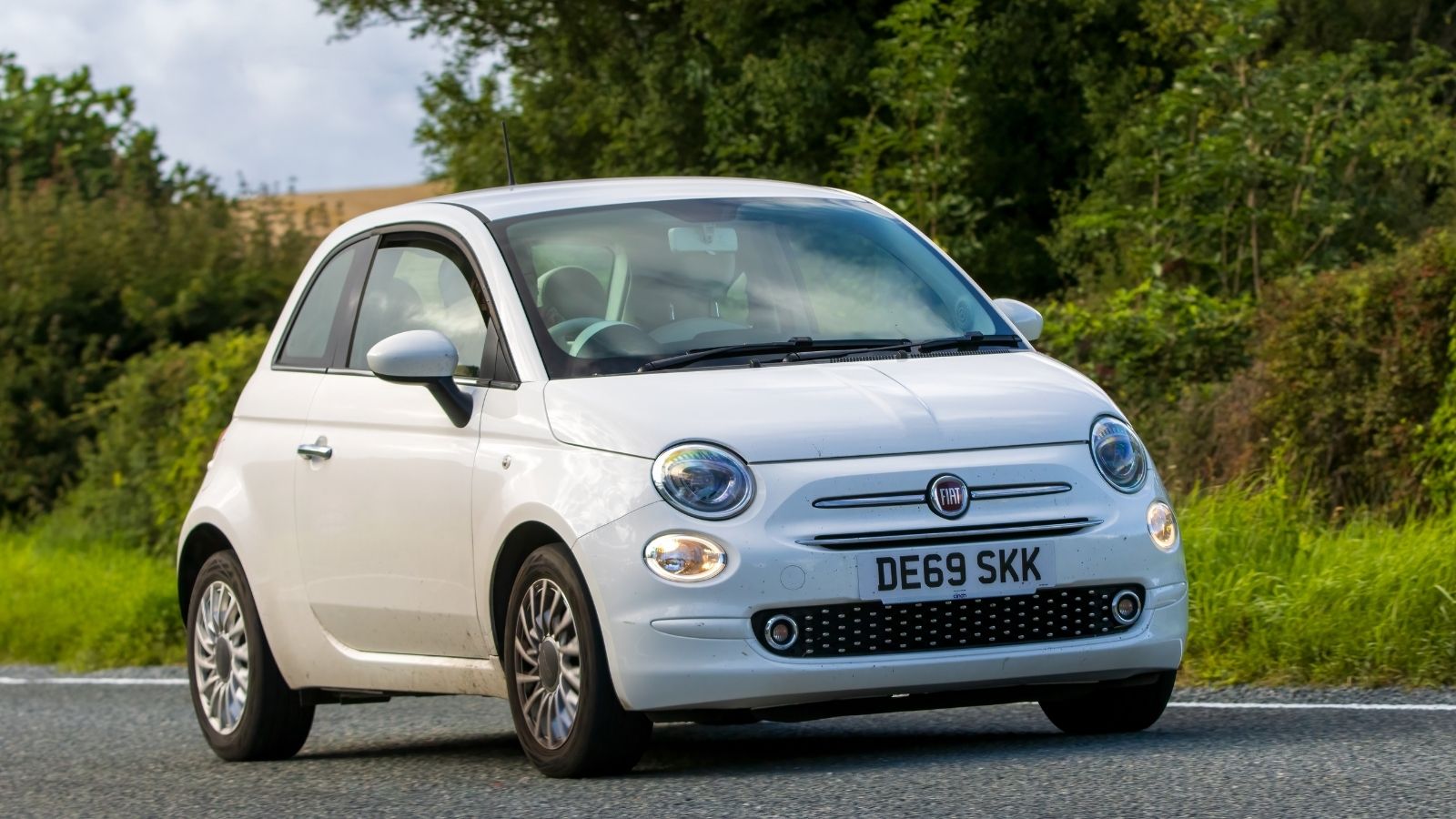
The Fiat 500, affectionately known as the “Cinquecento,” is Italy’s most charming export after pasta and Vespas. First produced in 1957, the original 500 was tiny, affordable, and ideally suited for zipping through the narrow streets of Italian cities. However, it fizzled out in the 1970s, and Fiat seemed to lose its small-car mojo. That changed in 2007 when Fiat reintroduced the 500 with a design that paid homage to the original while offering modern amenities. The modern 500 became a hit in Europe and even made a splash in the US, proving that small can indeed be stylish.
Mini Cooper
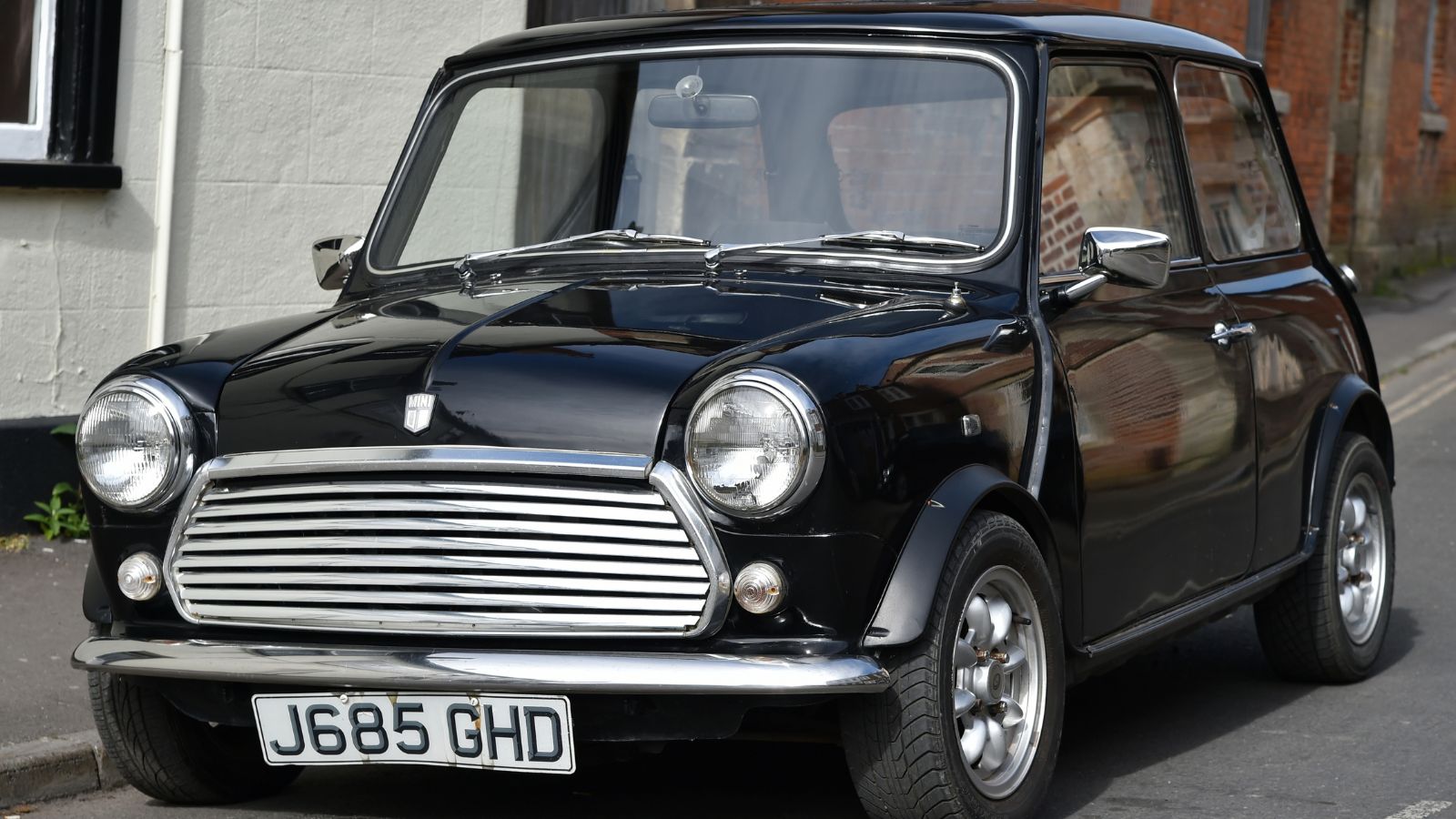
The Mini Cooper is like a small, tough car full of personality. Originally launched in 1959, the Mini became a symbol of 1960s British culture, thanks to its innovative design and racing success. But as the years passed, the Mini aged like milk left out on the counter. BMW acquired the brand in 1994, giving the Mini a much-needed reboot in 2001. The new Mini Cooper kept the original’s go-kart-like handling but added a touch of German engineering precision. The revived Mini Cooper became an instant hit, blending retro charm with modern performance.
Dodge Challenger
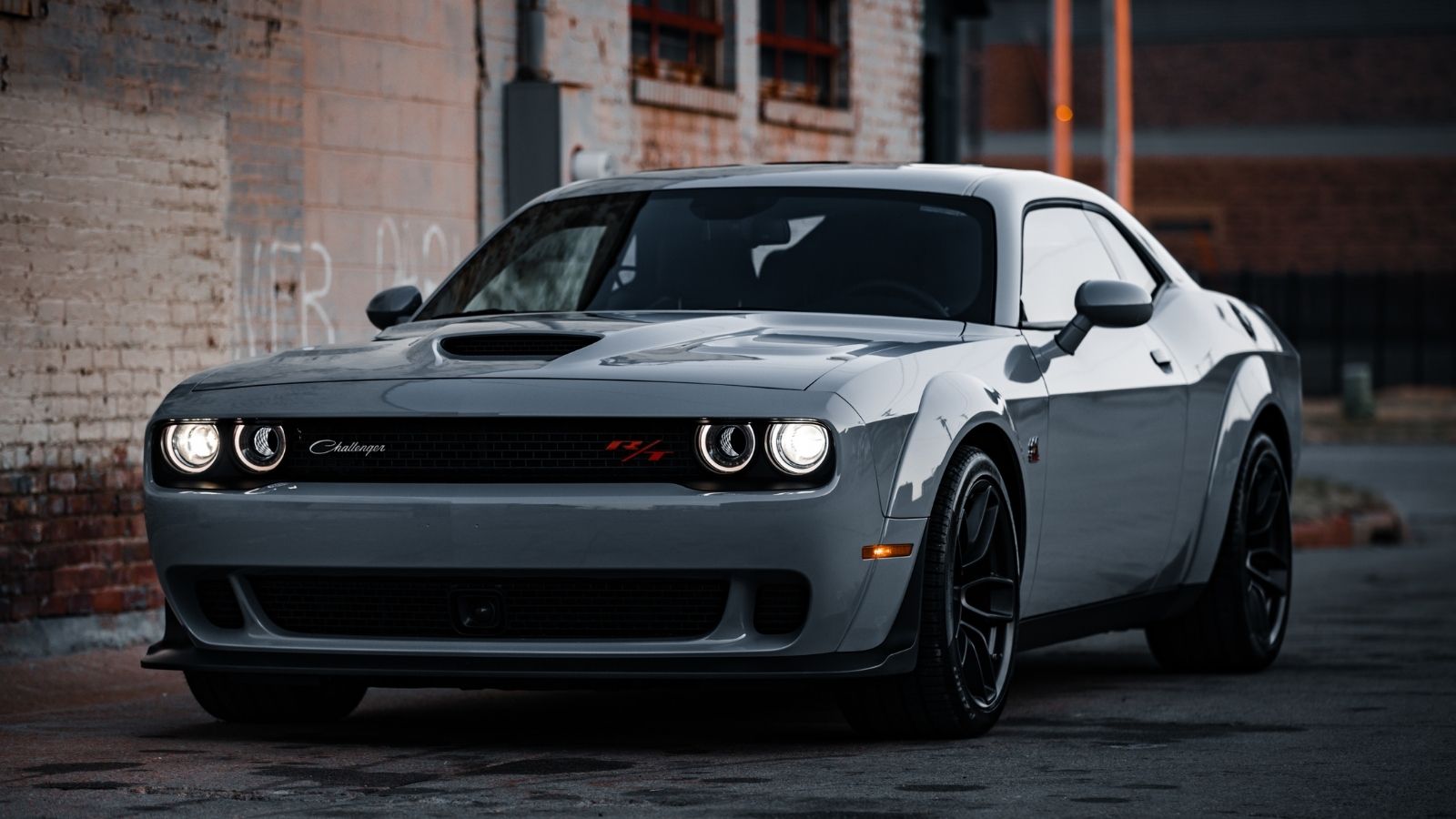
The Dodge Challenger is the automotive version of the bad boy who shows up to the high school reunion looking better than ever. First introduced in 1970, the Challenger was Dodge’s answer to the Mustang and Camaro. It was big, bold, and brash. Unfortunately, the 1980s and 1990s were not kind to the Challenger, which faded into obscurity. In 2008, Dodge resurrected the Challenger with a design that paid homage to the original. The new Challenger was unapologetically retro, with a muscular stance and powerful HEMI engines. The modern Challenger rekindled the love for classic American muscle cars.
Alfa Romeo Giulia

Alfa Romeo has always been a beautiful, passionate, and occasionally temperamental car. The Giulia, first introduced in 1962, was one of Alfa’s most beloved models. However, by the 1990s, Alfa Romeo’s reputation for reliability issues had fallen, and the brand struggled in the global market. In 2015, Alfa Romeo launched a new Giulia to reclaim its place among luxury sports sedans. With stunning Italian design, advanced technology, and a Ferrari-derived engine in the Quadrifoliate model, the new Giulia was a head-turner.
Jeep Gladiator
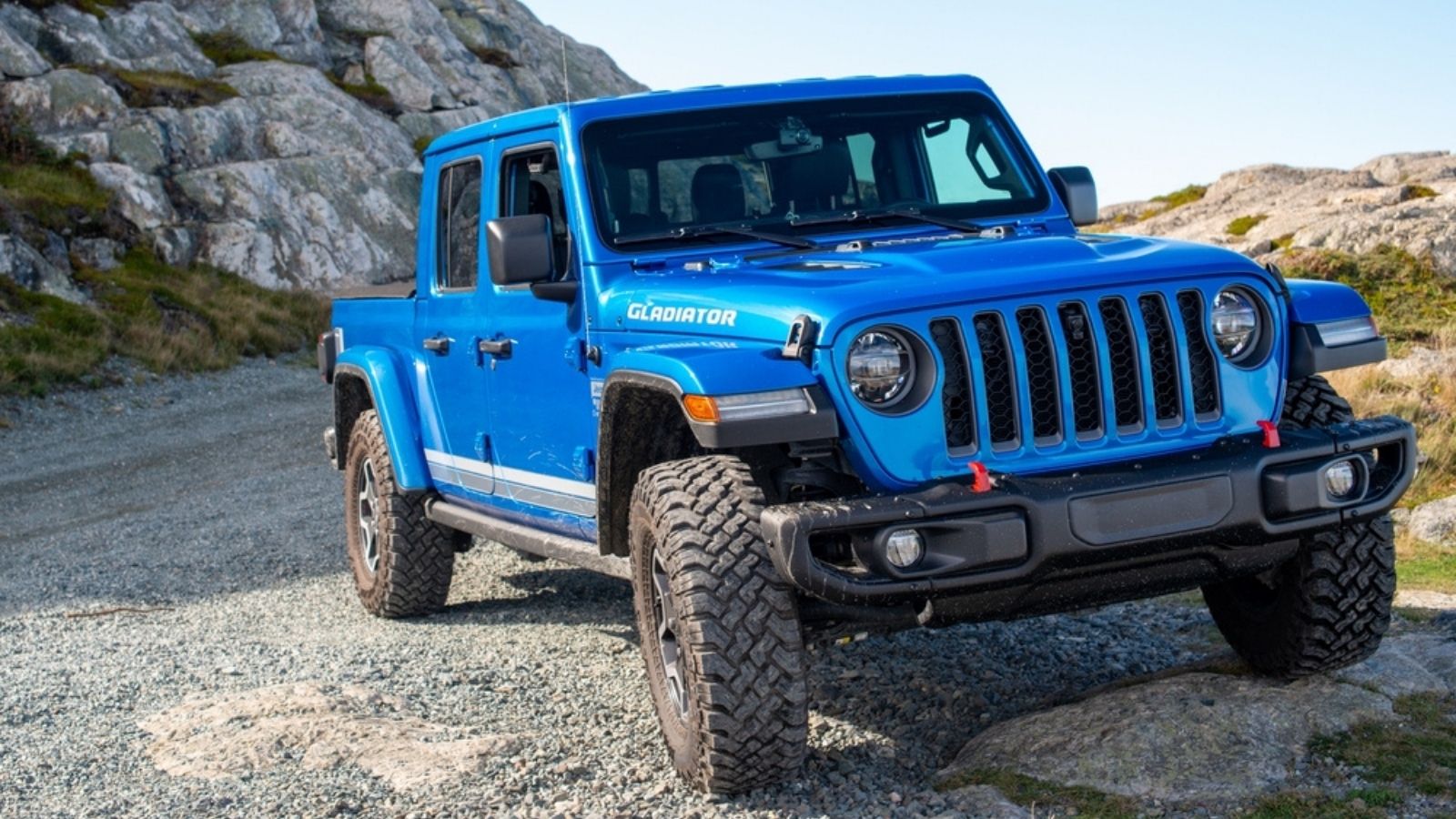
The Jeep Gladiator is the comeback kid in the pickup truck world. Originally introduced in 1962, the Gladiator was Jeep’s rugged truck offering, but it was discontinued in 1988. Jeep enthusiasts clamored for its return for years, but it seemed like a pipe dream. In 2019, Jeep answered those prayers with the new Gladiator, a pickup truck that combined Jeep’s off-road prowess with modern-day practicality. The new Gladiator retained Jeep’s signature seven-slot grille and added a versatile truck bed, making it a hit among adventure seekers.
14 Cars With A Reputation For Running Forever And Why They Outperform The Rest

In the dynamic world of automobiles, some cars stand out for their remarkable longevity and enduring performance. These road warriors have earned a reputation for running seemingly forever, outpacing their counterparts. This article will explore 14 such vehicles and the reasons behind their legendary durability. 14 Cars With A Reputation For Running Forever And Why They Outperform The Rest
